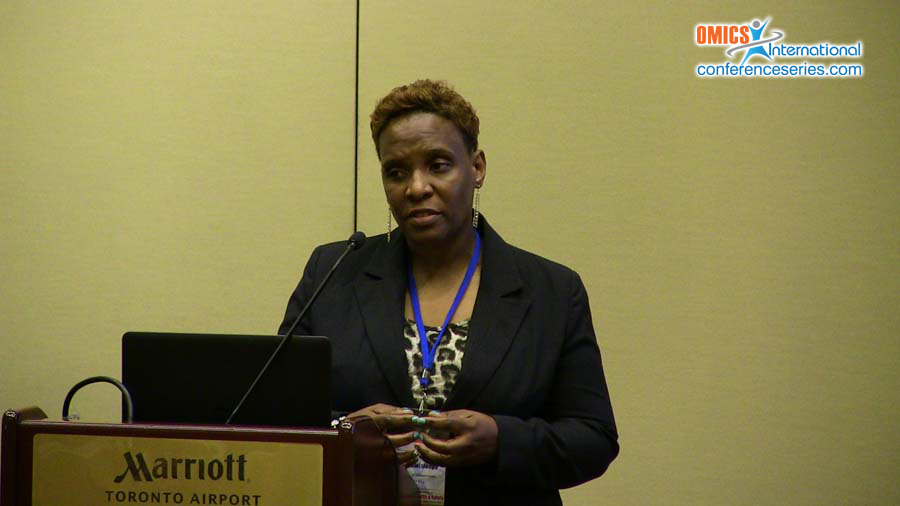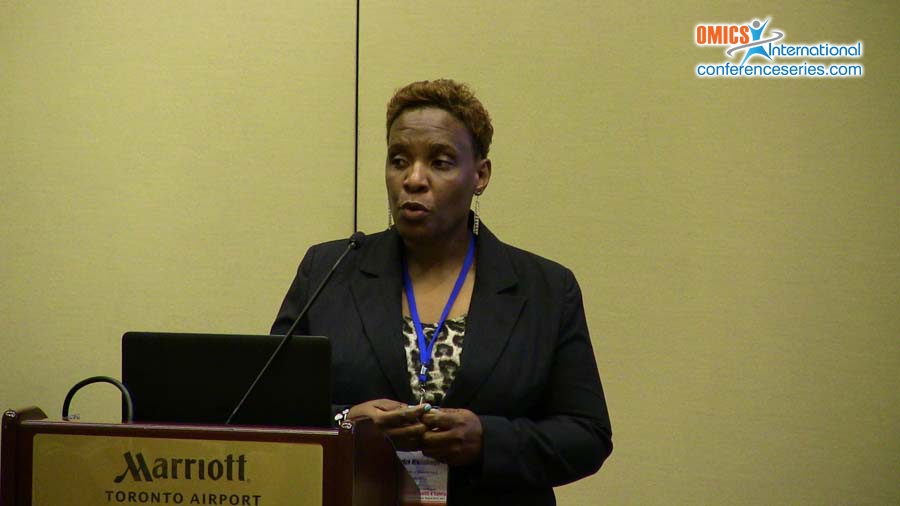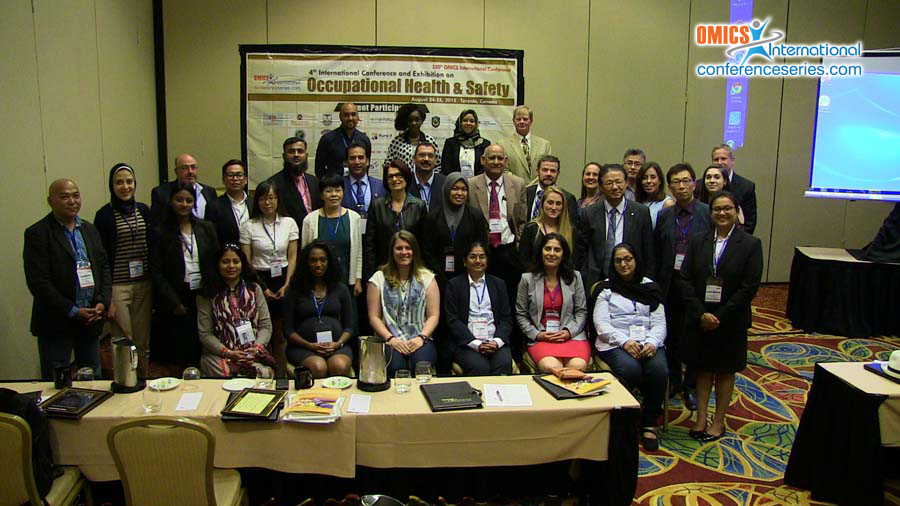Aziza Mwisiongo
University of Witwatersrand, South Africa
Title: Tuberculosis, HIV and Silicosis – A triple burden for mine workers in South Africa
Biography
Biography: Aziza Mwisiongo
Abstract
Tuberculosis is most commonly spread through nasal droplets containing Mycobacterium tuberculosis bacilli. Miners are also categorized as “high-risk†since they are exposed to silica dust during mining operations. The prevalence of HIV and TB among miners for South Africa, has been reported to be relatively high with rates as high as 3,000 per 1, 00, 000. It is also evident that the prevalence of silica-related TB is further exacerbated by infection with HIV in low-income countries. In addition, such close contact is increased through co-worker contact, commonly known as “gang groupsâ€, who work deep within the mines. Miners operate at the nexus of several factors that increase the risk of both HIV and TB, including migration, silicosis exposure, and age. A mixed method research including both qualitative and quantitate methods was applied in order to understand the factors associated with high transmission of TB among mine workers in South Africa. The study was conducted in one prominent Gold mine in central of South Africa with an approximate 40,000 employees. The aim of the study was to undertake a rapid assessment of Tuberculosis (TB) control in order to identify and prioritize key attributable factors. Findings reveal that continued TB incidence and prevalence in the mine was multi-prone, with certain factors being strongly attributable. These factors are; delayed access for TB services; substandard TB program; suboptimal infection control and influence of HIV and Silicosis. All the four factors were interlinked with one another but were underpinned by a common context of productivity. Productivity pressures influenced; policies and management performance of the TB/HIV program; perceptions and attitudes towards TB among patients, health workers and front line managers.




